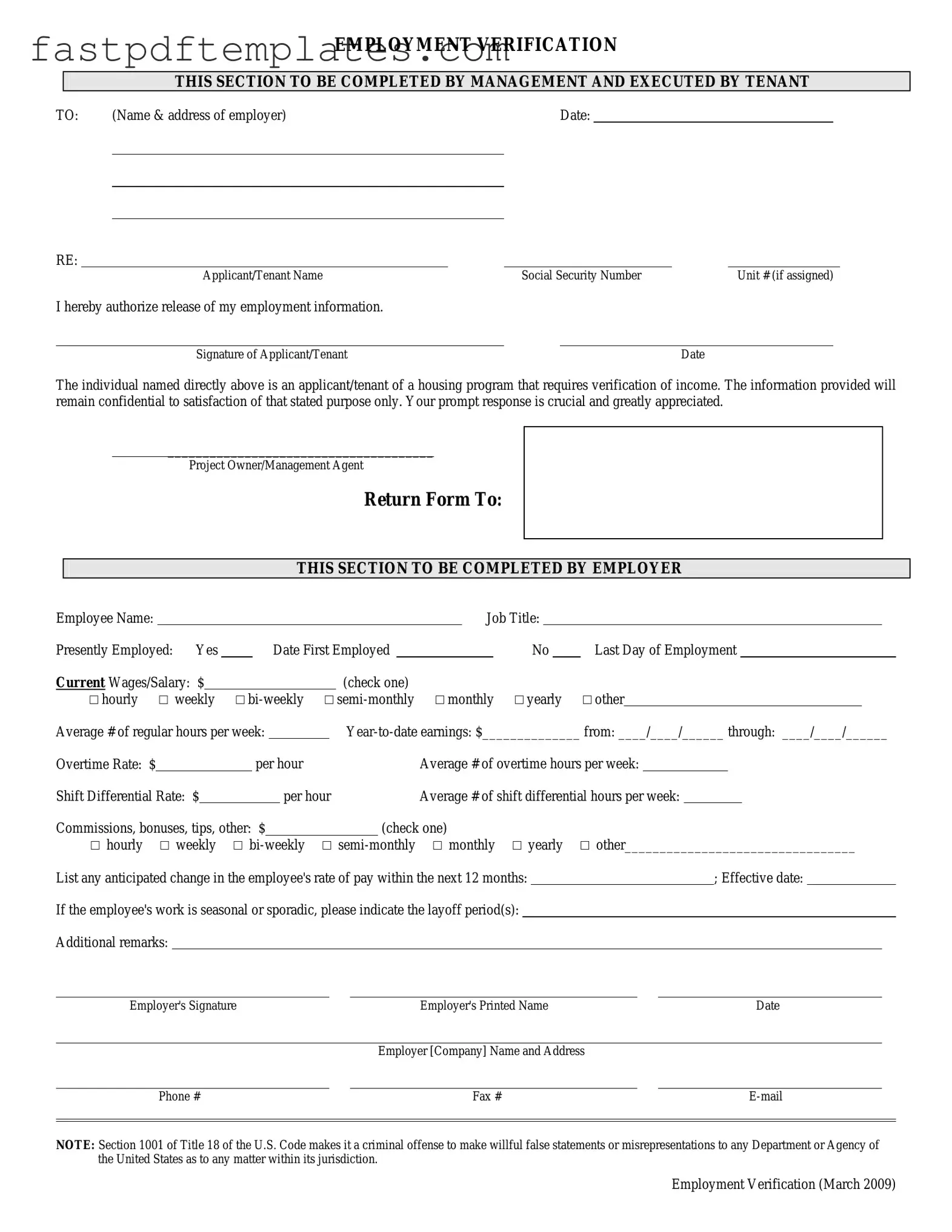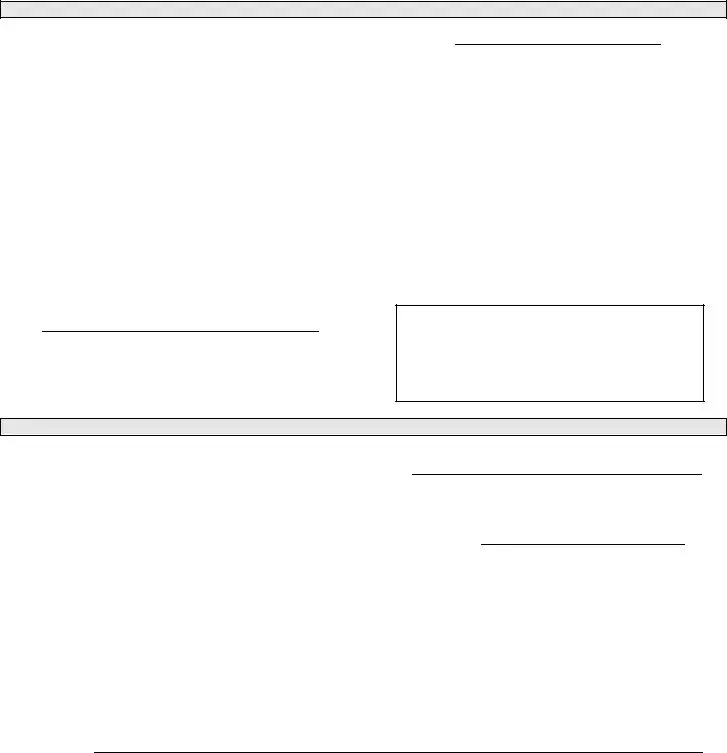The first document that shares similarities with the Employment Verification Form is the Job Offer Letter. Both documents serve to confirm employment status, though a Job Offer Letter is typically issued before employment begins. It outlines the terms of employment, including job title, salary, and start date. In contrast, the Employment Verification Form is often used to validate an individual’s employment history and details for purposes such as loan applications or background checks.
Another closely related document is the Pay Stub. Pay stubs provide proof of income and employment for a specific period, detailing hours worked, wages earned, and deductions. While the Employment Verification Form may confirm that a person is employed, the pay stub gives a snapshot of their financial compensation. Both documents can be crucial for verifying employment, but they serve different purposes in the employment verification process.
The W-2 form is also similar to the Employment Verification Form. The W-2 is issued annually by employers to report an employee's wages and the taxes withheld. It serves as a formal record of employment and income, which can be used to verify an individual's job status. However, unlike the Employment Verification Form, the W-2 is typically used for tax purposes rather than for confirming current employment status.
A third document to consider is the Reference Letter. This letter is often provided by a previous employer or supervisor and speaks to an individual’s work ethic and performance. Like the Employment Verification Form, it is used to verify employment, but it focuses more on personal qualities and skills rather than just job titles and dates of employment. Both documents can be important in job applications, but they highlight different aspects of an individual's work history.
The Employment History Report is another document that serves a similar function. This report provides a comprehensive overview of an individual's past employment, including job titles, dates of employment, and reasons for leaving. While the Employment Verification Form may confirm current employment, the Employment History Report offers a broader view of a person's entire work experience, making it useful for potential employers or lenders.
Additionally, the Background Check Report can be compared to the Employment Verification Form. Background checks often include employment verification as a component, confirming the accuracy of the information provided by a job applicant. While the Employment Verification Form focuses solely on employment details, the Background Check Report encompasses a wider range of information, including criminal history and credit checks, providing a more comprehensive view of an individual’s background.
Lastly, the Social Security Administration (SSA) Earnings Statement is relevant in this context. This statement summarizes an individual's earnings over their working life and can be used to verify employment history for various purposes. While the Employment Verification Form is usually more immediate and specific, the SSA Earnings Statement offers a long-term view of an individual's work history, which can be beneficial for retirement planning or loan applications.

